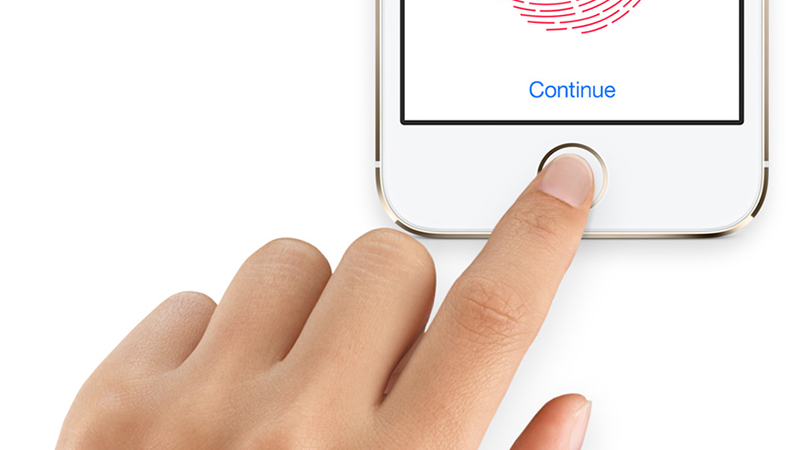Police 3D-print a dead man's fingers to unlock his phone
But is it ethical?

Michigan police have used a 3D model of a murder victim's finger to unlock a phone, according to a new report.
Fusion claims that police asked a professor at Michigan State University to reproduce a dead man's fingerprints, with the hope of getting into his smartphone.
The police already had a scan of the victim's digits, taken while he was alive, which they handed over to the lab to create the 3D model.
There aren't a lot of details - the investigation is ongoing - but the lab is reportedly making ten fingers, one for each print, and covering each with a "thin layer of metallic particles" so the scanner will read it as if it were a finger and not 3D-printed plastic.
The truth is (maybe) in there
Police suspect that clues to the man's murderer lie in the phone, and a 3D-printed replica of a finger is their best bet of getting in.
It does, however, raise ethical questions, some of which surfaced earlier this year Apple went to war with the FBI to prevent access to the iPhone of the deceased San Bernardino shooter.
However in this latest case the victim is not at risk of incrimination, according to the report, and therefore not protected by the Fifth Amendment that would otherwise cover him were he a suspect or alive.
Get the best Black Friday deals direct to your inbox, plus news, reviews, and more.
Sign up to be the first to know about unmissable Black Friday deals on top tech, plus get all your favorite TechRadar content.
If he was alive, this may well be a very different conversation.
It's also not made clear what type of phone is involved in the case, and whether a fingerprint will even be enough to get in.
Some phones require an additional passcode if the fingerprint sensor hasn't been used in a while - and we assume the police have thought this through...
Hugh Langley is the ex-News Editor of TechRadar. He had written for many magazines and websites including Business Insider, The Telegraph, IGN, Gizmodo, Entrepreneur Magazine, WIRED (UK), TrustedReviews, Business Insider Australia, Business Insider India, Business Insider Singapore, Wareable, The Ambient and more.
Hugh is now a correspondent at Business Insider covering Google and Alphabet, and has the unfortunate distinction of accidentally linking the TechRadar homepage to a rival publication.
